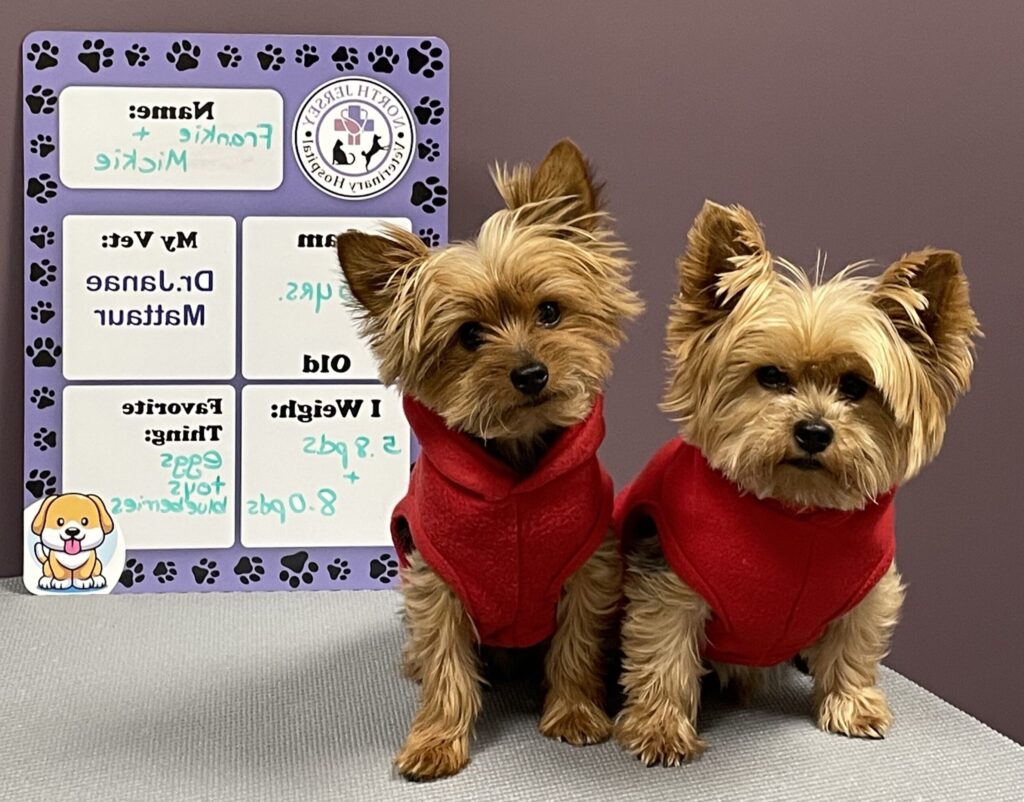

Introducing your new dog into your home with another pet can be a delicate process that requires patience, planning, and a gradual approach. Whether you’re bringing home a puppy or adopting an adult dog, ensuring a smooth integration with your existing pet is crucial for fostering a harmonious environment. In this comprehensive guide, we will focus mainly on a behavioral approach to introducing a new dog to your home with an existing pet, considering factors such as species, age, and individual personalities.

Before introducing a new dog into your home, it’s essential to understand the personalities and temperaments of both your current pet and the prospective new addition. Consider factors such as age, energy levels, and sociability. Choose a dog that complements the existing pet’s characteristics to increase the likelihood of a successful introduction.



New pets, puppies and kittens may carry infectious diseases or parasites that can be transmitted to your existing pet, especially if the newcomer hasn’t undergone thorough veterinary screening. Ensure that the new pet is up-to-date on vaccinations, parasite prevention and has a clean bill of health from a veterinarian before introducing them. A 24-hour isolation is recommended for monitoring.
Introducing a new dog to a home with an existing pet requires thoughtful planning, patience, and a commitment to creating a positive environment for both animals. By understanding their individual personalities, using positive reinforcement, and gradually acclimating them to each other’s presence, you can increase the likelihood of a successful and harmonious integration. Further socialization can be accomplished with your local dog parks.